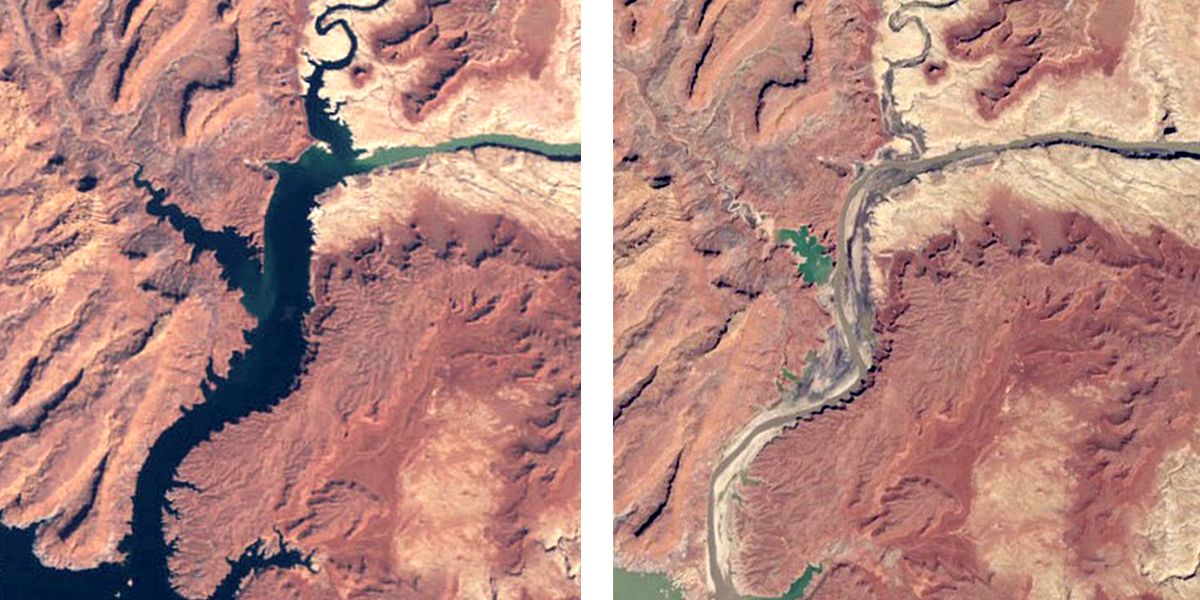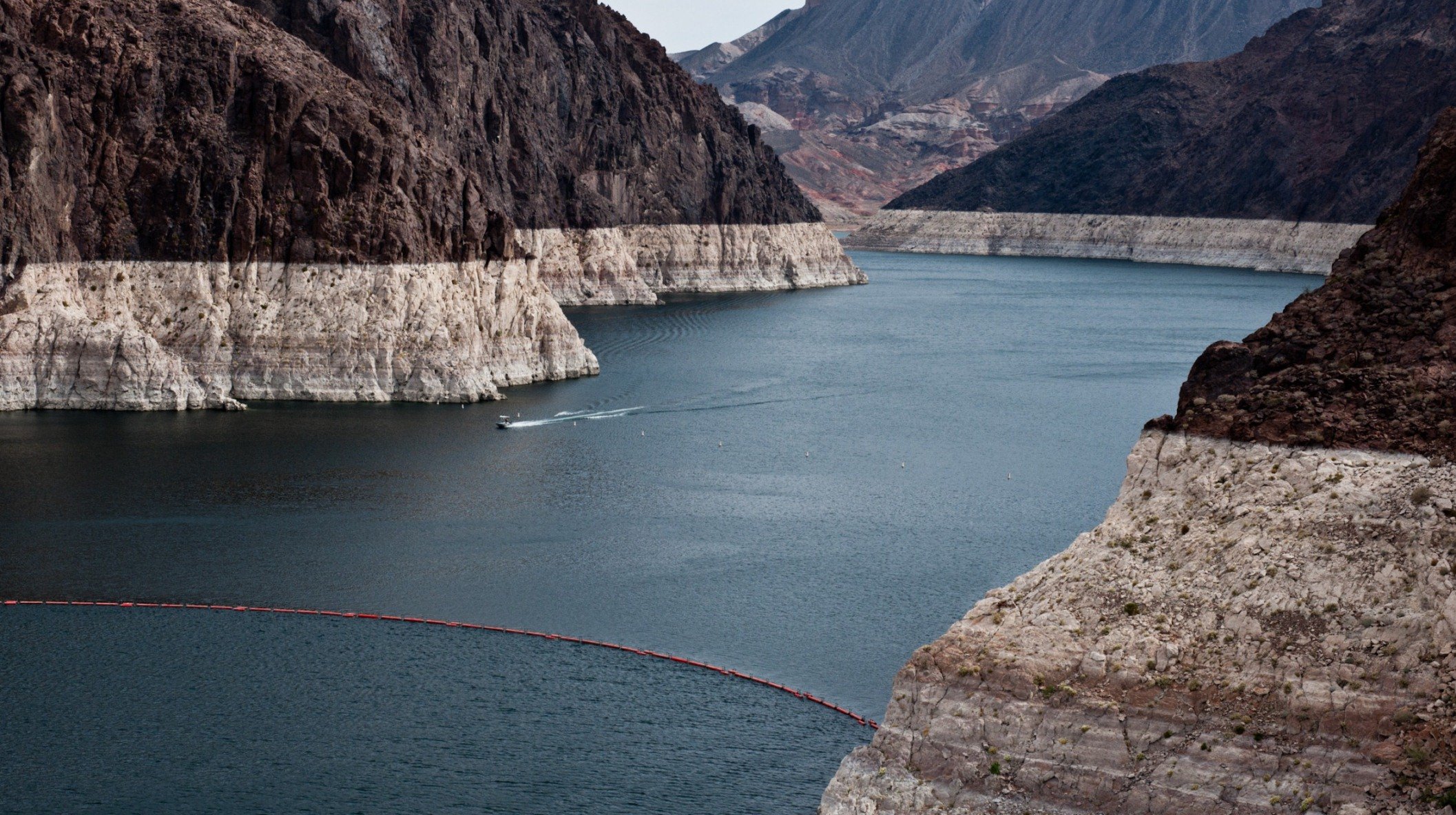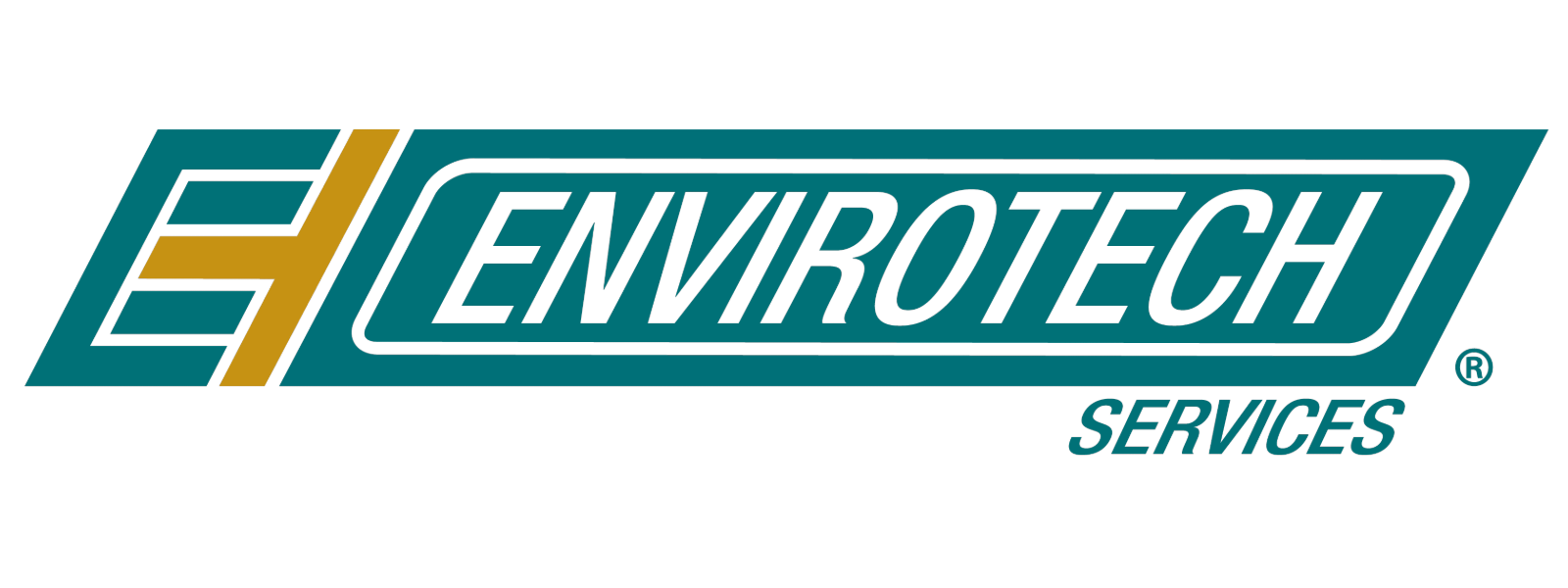
Over the past decade, water shortages have been devastating to a multitude of areas throughout the world. The Colorado River provides water to more than 30 million people spanning from Denver to Los Angeles, and the Lake Powell and Lake Mead Basins are in a 20 year drought. Our use of water in the region and our actions impact the basin. Furthermore, the Colorado River is experiencing a phenomenon known as the albedo effect; previously, snow and ice reflected sunlight away from the Earth’s surface, but the loss of snow and ice is causing the river to absorb more of the sun’s energy thus increasing water lost through evaporation. The disappearance of snow and ice is due to increased emissions primarily caused by agricultural practices. A study conducted by US Geological Survey scientists, Chris Milly and Krista A. Dunne, predicts that if emissions stay at this rate, the river’s discharge could shrink by up to 31% by the middle of the century.

Cities such as Denver, Salt Lake City, Las Vegas, Phoenix, Los Angeles, and San Diego could face severe water shortages as the Colorado River shrinks. Affects of the Colorado River water shortages have already affected Lake Powell and Lake Mead, which have the lowest water levels since the 1960s. The shrinkage of the Colorado River not only effects millions of individual's water supply, but trillions of dollars’ worth of agricultural business. Further shrinkage in the basins would invoke mandatory cuts; the loss of production in these agricultural centers would cause major disturbance to food supply and economy. Demand management positively impacting reserves is essential;
- Conservation
Support programs and actions that reduce the need for water in agriculture, mining, and municipalities. Water audits can identify opportunities for improvement. Working together, we can achieve programs that reduce consumption through water-saving devices and new appliances or methods. - Reuse
Reuse wastewater and grey water for irrigation, industrial processing and cooling, dust control, and potable water to reduce consumption. Creating innovative technologies to harvest rainwater would contribute to sustainable water reuse. - Water-Efficient Energy Supplies
Continued pursuit and standardizing of the use of renewable energy sources that require little or no water such as wind, solar photovoltaics, and geothermal power plants.
Check out this awesome video to find more about how you can help:
To learn more about how EnviroTech Services, Inc. is helping the effort of water conservation, visit our website.
Work Cited
“Hardest Working River: 5 Solutions for the Colorado River Basin.” Western Resource Advocates, 31 July 2015, westernresourceadvocates.org/publications/the-hardest-working-river-in-the-west-colorado-river-basin/.
Milman, Oliver. “Colorado River Flow Shrinks from Climate Crisis, Risking 'Severe Water Shortages'.” The Guardian, Guardian News and Media, 20 Feb. 2020, www.theguardian.com/environment/2020/feb/20/colorado-river-flow-shrinks-climate-crisis.
Udall, Brad. “Climate Change Is Shrinking the Colorado River.” SOURCE, 27 July 2017, source.colostate.edu/climate-change-shrinking-colorado-river/.

